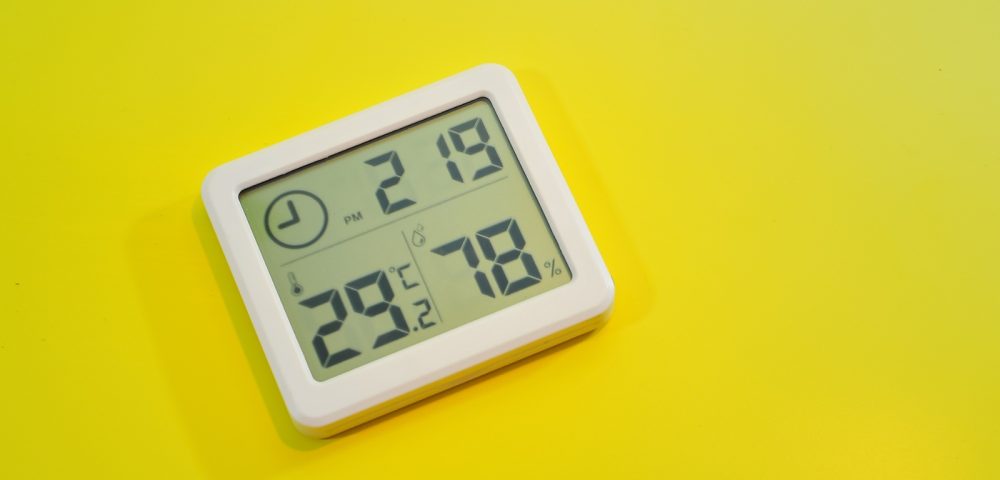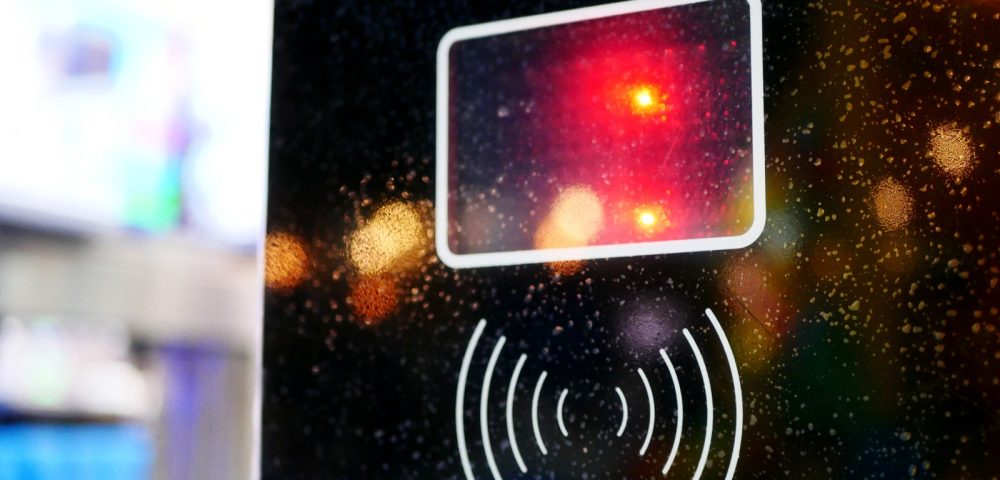Did you know that during the summer season of 2022, around 61,672 people died due to extreme heat in Europe? We know that some hot days feel worse than others, even when the temperature looks the same. That is not a mystery, and behind this is science! People may check their phones when they need to know today’s temperature before stepping outside. However, it is actually a much more complicated process. Today’s experts track environmental heat using multiple angles: air, surface, humidity, and even how your body reacts to them. These methods tell a deeper story, one that directly affects outdoor safety, building design, and public health.
In this article, we explore various ways to measure environmental heat.
What is Heat Stress?

- Heat stress is a natural mechanism when your body builds up more heat than it can release. As the temperature inside your body rises, your heart beats faster, and you start to feel weak or dizzy.
- You might find it hard to concentrate, feel annoyed for no reason, or even feel too sick to drink water.
- If the heat keeps building up, you could faint, and in severe cases, it can even lead to death.
- However, there are several things that cause heat stress: high air temperatures, direct sunlight, humid weather, touching hot surfaces, or doing hard physical work.
- Your body struggles more in these conditions, making heat stress a danger if you do not cool down quickly.
What are the Negative Effects of Heat?

Heat causes a wide range of negative effects that directly impact both the body and the mind.
When temperatures rise too high, people tend to feel tired, sweaty, and dehydrated. Their bodies work harder to stay cool, which puts pressure on the heart and can lead to headaches, dizziness, or nausea.
As the heat continues, people lose focus, react more slowly, and struggle to think clearly. Muscles will cramp, especially during physical work, and skin might break out in rashes.
In more serious cases, the body stops sweating, which pushes the core temperature even higher and leads to heatstroke. This condition can damage organs and become life-threatening if ignored.
Besides health risks, heat also affects emotions. People become irritated, restless, or even aggressive without fully understanding why.
Constant heat also interrupts sleep, which lowers energy and mood the next day.
It is scientifically proven that when the heat sticks around too long, it directly hurts health, productivity, and emotional well-being.
5 Different Ways to Measure Environmental Heat

Air Temperature
Air temperature shows how hot or cold the air feels at a specific moment.
People usually check it through weather apps, thermometers, or digital sensors placed in shaded, open-air spots. Meteorologists record this data daily because it sets the base for many heat measurements.
When it comes to air temperature, we can see that it changes with time of day, elevation, cloud cover, and wind speed. During the afternoon, especially under direct sun, temperatures rise quickly and stay high unless cool winds bring relief.
However, air temperature alone does not tell the full story of how heat affects people. It does not include humidity, sunlight intensity, or ground heat. Still, this measurement stays useful in weather forecasting, climate research, and public health alerts.
Heat Index
The heat index shows how hot the weather truly feels when you combine air temperature with humidity.
It says people often feel hotter than the actual air temperature when moisture in the air slows down sweat evaporation. That is where the heat index steps in. It explains that sticky, heavy feeling on hot summer days.
For example, if the air temperature hits 33°C and humidity stays at 70%, the heat index could make it feel like 41°C. This measure becomes useful because it focuses on human discomfort and safety.
Weather experts use it to give warnings during heatwaves, and public health services follow it closely to protect outdoor workers and vulnerable groups. When the heat index climbs, people risk heat exhaustion or heatstroke more quickly.
Unlike air temperature alone, this index makes you understand how humidity magnifies heat stress.
Land Surface Temperature
Land Surface Temperature (LST) measures how hot the ground surface feels, not the air above it.
Satellites and infrared sensors usually collect this data, which makes it especially helpful in studying large areas.
During the day, streets, rooftops, and soil heat up faster than the air, sometimes reaching extreme temperatures. At night, these surfaces cool off slowly, which means heat lingers longer in cities.
That is why urban planners study LST to understand and reduce the urban heat island effect, where cities feel much hotter than nearby rural areas. This measurement helps researchers see how land types, like grass, concrete, or water, store and release heat differently.
For example, concrete absorbs more heat than trees or grass, making certain zones much warmer. It is noticeable that many governments and climate scientists use LST to plan green spaces and improve public safety. Even though it does not show what people feel directly, land surface temperature reveals how the environment stores heat and affects the bigger picture of urban comfort and climate resilience.
Wet Bulb Globe Temperature
WBGT gives a fuller picture of heat stress by combining air temperature, humidity, wind, and sunlight.
Unlike regular temperature readings, WBGT helps people understand how hot it feels when all environmental factors come together. This measurement becomes especially useful during sports, military training, or any outdoor work.
When sunlight hits the skin or when sweat cannot evaporate fast enough due to humidity, the WBGT goes up. People use a special tool with three thermometers, such as dry bulb, wet bulb, and globe sensors, to calculate it.
If the WBGT reading stays too high, coaches, employers, or event organisers can cancel or delay outdoor activities to avoid heat-related illnesses. Athletes, soldiers, and construction workers need this reading more than a simple air temperature to manage heat risks.
As you can see, WBGT plays a major role in setting safety rules, work-rest schedules, and hydration plans. So when the environment gets too hot and intense, WBGT keeps things in check before people get sick.
Thermal Comfort Modelling
This method predicts how people feel in a specific environment based on a mix of temperature, humidity, air movement, clothing, and activity levels.
Engineers and designers use this method to create spaces where people feel neither too hot nor too cold.
The model considers how the human body reacts to heat, whether it can cool down through sweating or needs extra airflow to stay comfortable. Buildings with poor ventilation or materials that trap heat score low on thermal comfort.
On the other hand, places with good shade, airflow, and cooling systems help people feel better, even when outdoor heat rises. Architects use computer simulations to test different building materials, layouts, and HVAC systems before construction begins.
Workplaces, schools, and public transport systems benefit from this modelling since it helps plan for heat stress before it becomes a problem.
Accurately Measuring Environmental Heat with Modern Technology

The environment’s law when it comes to temperature is quite clear. You cannot manage what you cannot measure accurately. You may understand that those basic heat readings will not serve the full purpose of the construction workers anymore. With Tigernix AI-powered sensors and real-time analytics, construction teams gain an edge: smarter alerts, safer decisions, and heat stress prevention baked into every shift.







